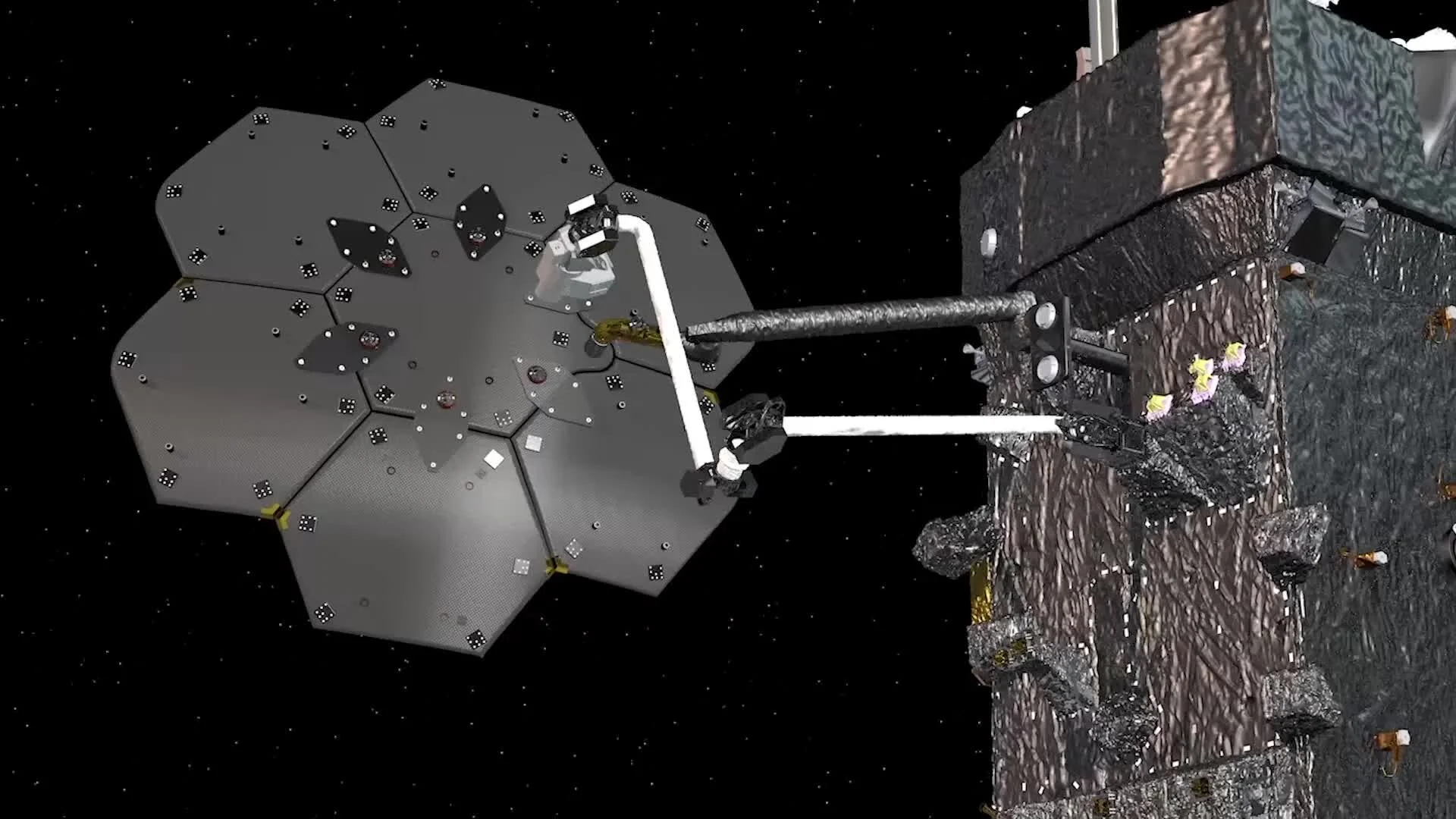SpaceX's Starlink Surging Starward
Dragon capsule, not Starlink - Credit: SpaceX
SpaceX is making good progress towards launching the first wave of satellites for its Starlink Constellation in 2019 after it raised $500 million in funding and received FCC permission for launch and operation of the constellation. The SpaceX Starlink was originally proposed by Elon Musk in 2015 to provide high bandwidth global internet using 11,927 satellites in three different orbits. Each independent satellite will be about the size of a small car and will last about six years before being deorbited.
When launched, Starlink promises to be the largest satellite constellation by a substantial margin. Currently, the Iridum satellite constellation is the largest telecommunications constellation in orbit, with 72 satellites operational. Even OneWeb’s proposed satellite internet constellation would only be comprised of about 882 satellites (or potentially 2,854 satellites if expanded).
On December 18 SpaceX announced it raised $500 million, which would mostly be invested in Starlink. This funding will likely cover the cost of a hundred or so satellites, based on the estimates from 2015 that $3.5 billion would build and launch the first 800 satellites. In total, the entire constellation could require more than $10 billion in capital.
SpaceX also received permission from the FCC in November that it could launch and operate the full constellation of nearly 12,000 satellites. The FCC previously approved SpaceX to launch and operate 4,425 satellites in March. However, SpaceX is not completely free of restrictions since the FCC released a notice of proposed rulemaking on November 19 that regards industry wide orbital debris. The FCC is seeking comments on risks and mitigation techniques for orbital debris that can affect both orbital and ground operations, including human safety.
The risk of orbital debris is a valid concern for all future space operations, especially when thousands of spacecraft are planned for launch over the next few years. Risk models are currently used for predicting the chance of space debris causing damage or injury (including death), but this is an inexact process (“There are three types of lies -- lies, damn lies, and statistics.”). SpaceX has been using the NASA developed Debris Assessment Software to predict the odds of Starlink injuring someone on the ground, while the FCC and IEEE Spectrum have expanded those predictions. However, with 7.5 billion people on Earth, the odds of any one person being injured by a Starlink satellite falling to Earth is extremely tiny. Regardless, understanding and modeling these risks is very important to the future space economy.
SpaceX is working with NASA to mitigate ground impact orbital debris, and they are likely working on additional strategies to further reduces these risks. There have only been two Starlink demo satellites launched, so there is time for SpaceX to reduce the risk of Starlink’s orbital debris. SpaceX just need to launch half of the constellation before November 2024, otherwise the FCC approval will be impacted.








